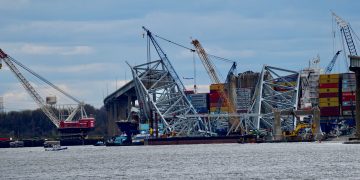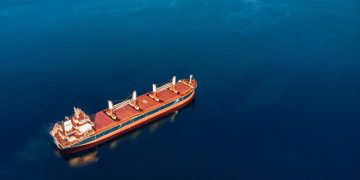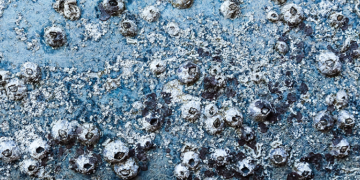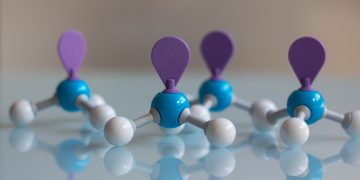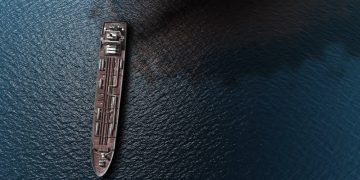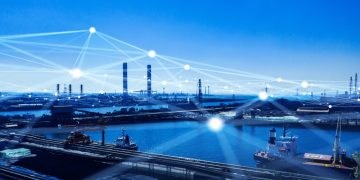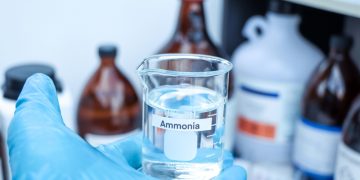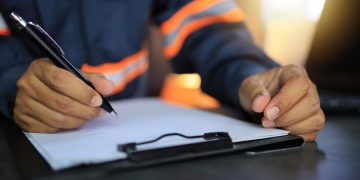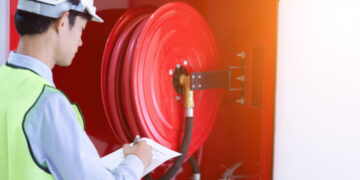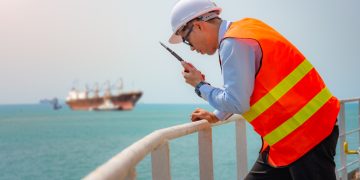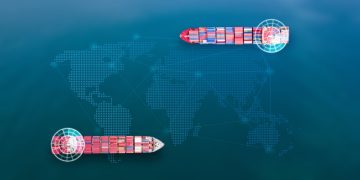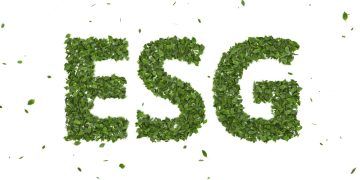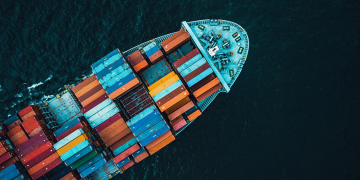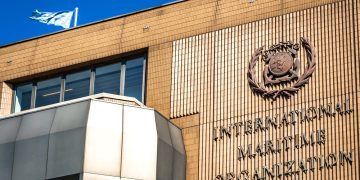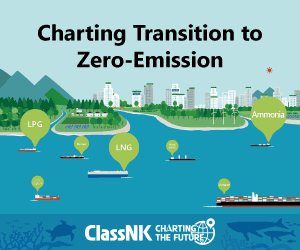ABS releases guide for SOx scrubber ready vessels
ABS has published the ABS Guide for SOx Scrubber Ready Vessels to support operators in preparing newbuilds for future outfitting with a SOx exhaust gas cleaning system (EGCS). New class notation recognizes vessels designed with SOx Scrubber ready features to facilitate cost-effective and time-efficient retrofit.Supporting the world’s first classification notation for SOx Scrubber Ready Vessels, the ABS Guide formalizes the process for clients who wish to plan for retrofit of a SOx scrubber at a future date by providing a detailed review and approval and an associated notation. The SOx Scrubber Ready notation is in addition to ABS EGCS notations that may be assigned for vessels fitted with an exhaust emission abatement system, including SOx scrubbers, selective catalytic reduction systems and exhaust gas recirculation arrangements for NOx emission control, in accordance with the ABS Guide for Exhaust Emission Abatement. “The decision to build a new ship or retrofit an existing one is not simple due to uncertainty with the entry into force of the 0.5% global sulfur limit and cleaner fuel alternatives such as LNG,” says ABS Chief Technology Officer and Senior Vice President Howard Fireman.“The new ABS SOx Scrubber Ready notation provides a unique approach to future-proof assets, to implement cost-effective retrofits and ...
Read more




